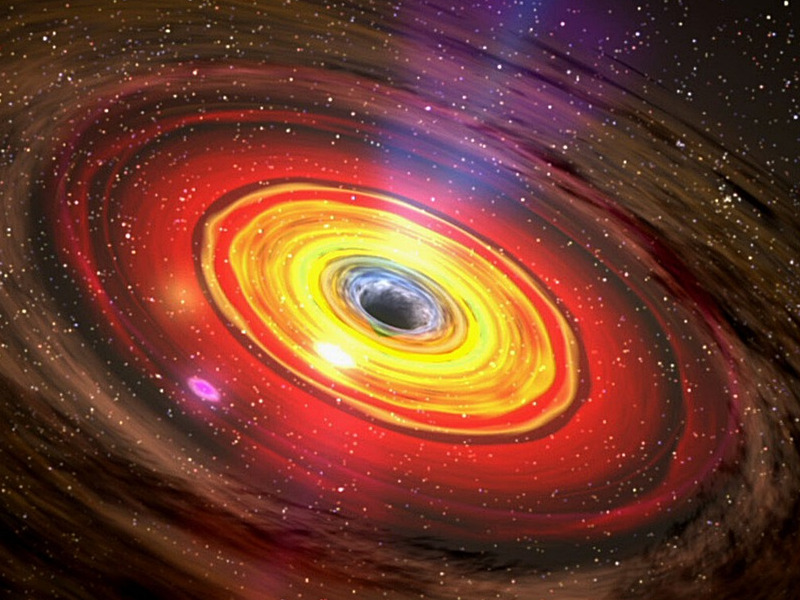When a violent shake of space-time hit the Earth on August 17, 2017, it was not only possible to measure gravitational waves for the first time, which had previously only existed in theory. It also provided scientists around the world with countless pieces of valuable data.
And the source of the gigantic explosion was identified quickly. Two neutron stars, tiny and infinitely dense collections of subatomic particles, specifically neutrons, heavier than our sun, collided and caused an enormous burst of radiation.
The highlight of the model now presented is not so much the findings from this new data, but a combination of many very different projects. Measurements of other neutron stars and supernovae, recordings of the respective radio and X-ray radiation and the results of experiments in particle accelerators were interpreted using newly developed software.
This made it possible to simulate processes under the most extreme cosmic conditions. After all, a neutron star requires an extinct and imploded sun to begin with. Moreover, not only one neutron star is needed. Two of them have to find each other and orbit each other.
Such processes can therefore only take place once the first generation of stars in the universe has already disappeared again.
But back to the extreme situation: the two neutron stars approach each other, emit energy in the form of huge amounts of radiation and collide.
Finally, nuclear fusion processes take place, which in turn release extremely high amounts of energy and hurl the newly created matter deep into space.
Instead of producing helium from hydrogen, as our sun does every day, the heaviest elements found on earth are created, including gold, of course.
So the mathematical model is ready. However, it will probably be a while before it can be technically implemented. Perhaps the alchemists will be quicker in the end.

Dr. Thomas Hughes is a UK-based scientist and science communicator who makes complex topics accessible to readers. His articles explore breakthroughs in various scientific disciplines, from space exploration to cutting-edge research.








